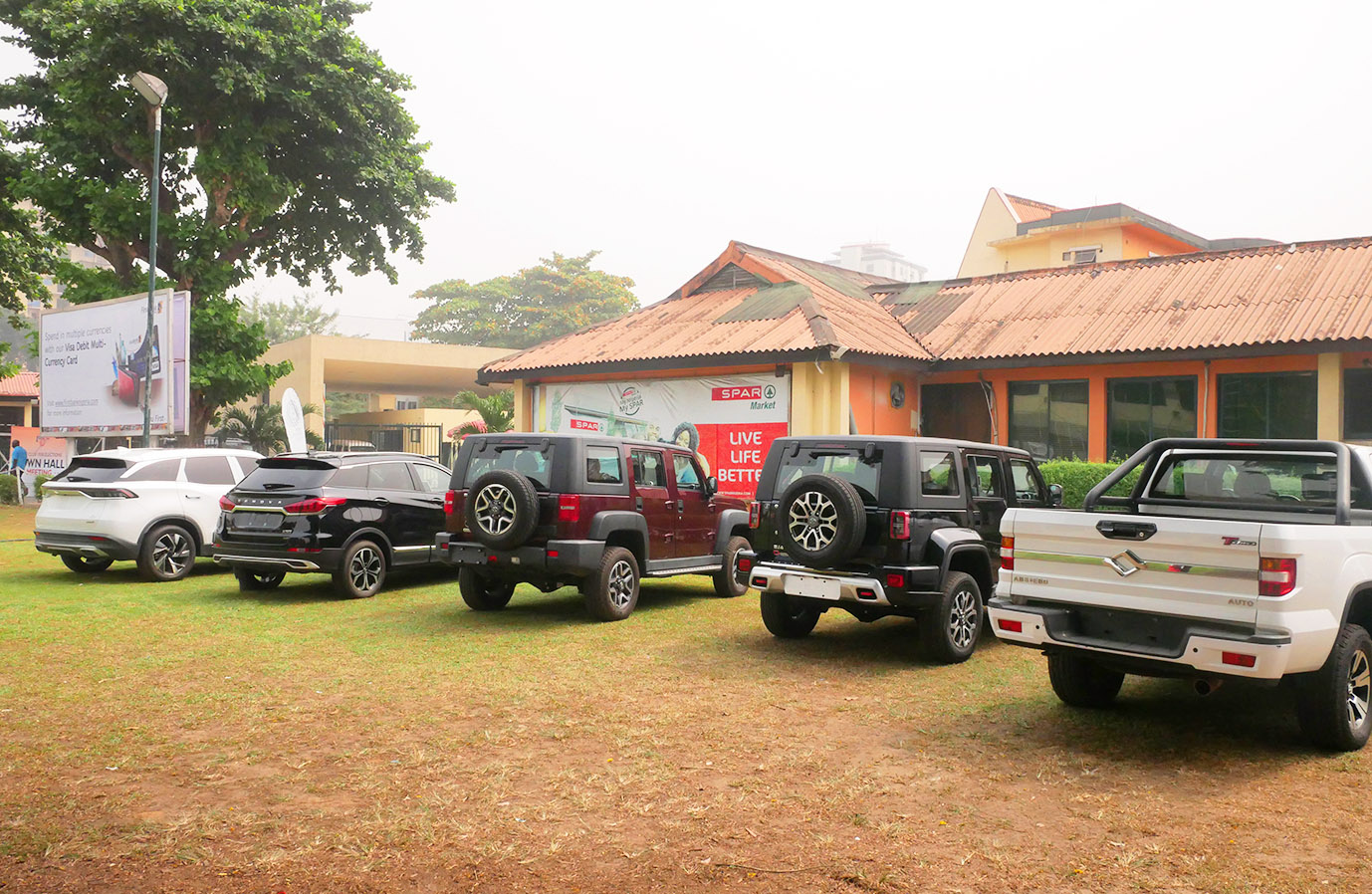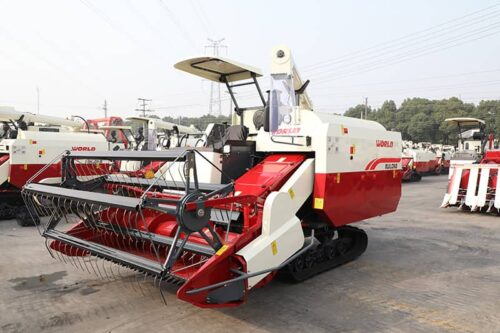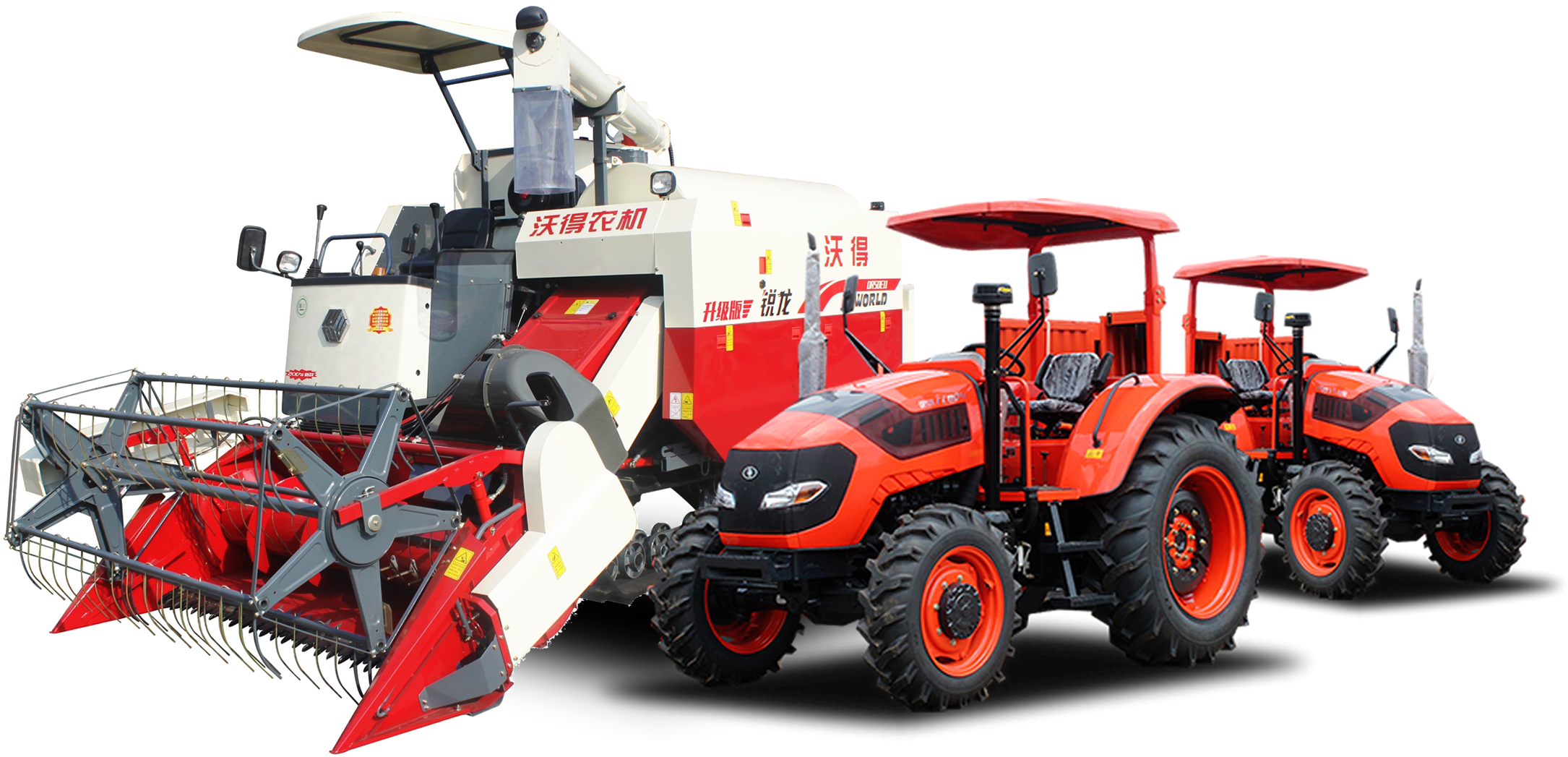Over the years, the agricultural sector has gained massive attention and credibility in various countries of the world.
Notable and rapid growth in farm practices and activities as well as improvement in technology and agricultural mechanization have been seen in various nations Asia not being an exception.
Asia’s Agricultural Accomplishments
Asia has about 60 percent of the world’s population with only 23 percent of agricultural land. This makes Asia far more agriculturally intensive than any other continent in the world.
However, due to increased population growth, the country faced many challenges like urbanization, reduced water supply, rough climate changes, and small land mass.
The scarcity of land in Asia led to fragmentation, leaving some farmers in Asia with smaller farm holdings than others.
The land fragmentation led to poor agricultural development as most farmers were subsistence farmers who use manual farm equipment and animals to produce crops for personal and family consumption.
The issue of the small land mass was also met with huge portions of uncultivated land due to the unfavourable climatic conditions in certain areas of Asia.
Despite all this, Asia couldn’t be stopped from making tremendous progress in agricultural development.
One of Asia’s most impressive developments in agriculture was the introduction of high-yielding grains and cereals like rice. This was recognized as the “Green Revolution” which led to an increased yield in Asia in the 1960s with varieties of wheat, rice, and maize portions as well as agricultural revenue.
This development reduced the mass starvation in regions of China and India.
Rice which is one of Asia’s major food crops is one of the staple food crops for many in the continent.
Asia produces 90 percent of the world’s total supply of rice as it occupies the highest land area of any other crop and Asia has stable food security necessary for development.
Asia has also carried out huge irrigation projects in areas like Pakistan and Central Asia and this quickly replaced the traditional method of irrigation which led to huge water loss due
Also, development like mechanization, robotics, agricultural biotechnology, farm management software, and indoor farming, has also been adopted in Asia.
In 2018 Asia grew 11 percent of the world’s biotech crops and the crops were papaya, eggplant, sugarcane and this was to the benefit of millions as these biotech crops accounted for almost 20 million hectares in 9 countries.
Asia has also adopted the production of alternative proteins such as plant-based meals as well as technology to safeguard the food supply from producer to consumer.
Despite the challenges, Asia faced in its economy, it was able to scale upward in the modern agricultural scene and become one of the world’s strongest backbones in agricultural technology and mechanization as well as one of the largest producers of food crops.
There’s a lot for Africa to learn from Asia in terms of mechanization and these lessons can be put to good use.
1. Asia prioritized the need for agriculture and invested in it despite its small land mass and large population.
2. The most significant investment Asia made was the reformation of traditional irrigation by relying solely on rain-fed systems.
3. Asia supported and helped subsistence farmers and small farm holders in dealing with the irrigation problem by providing equipment to preserve their farms and scale their profits.




Enlightening read. I hope more nigerians and those in government get to see this. It’ll help.